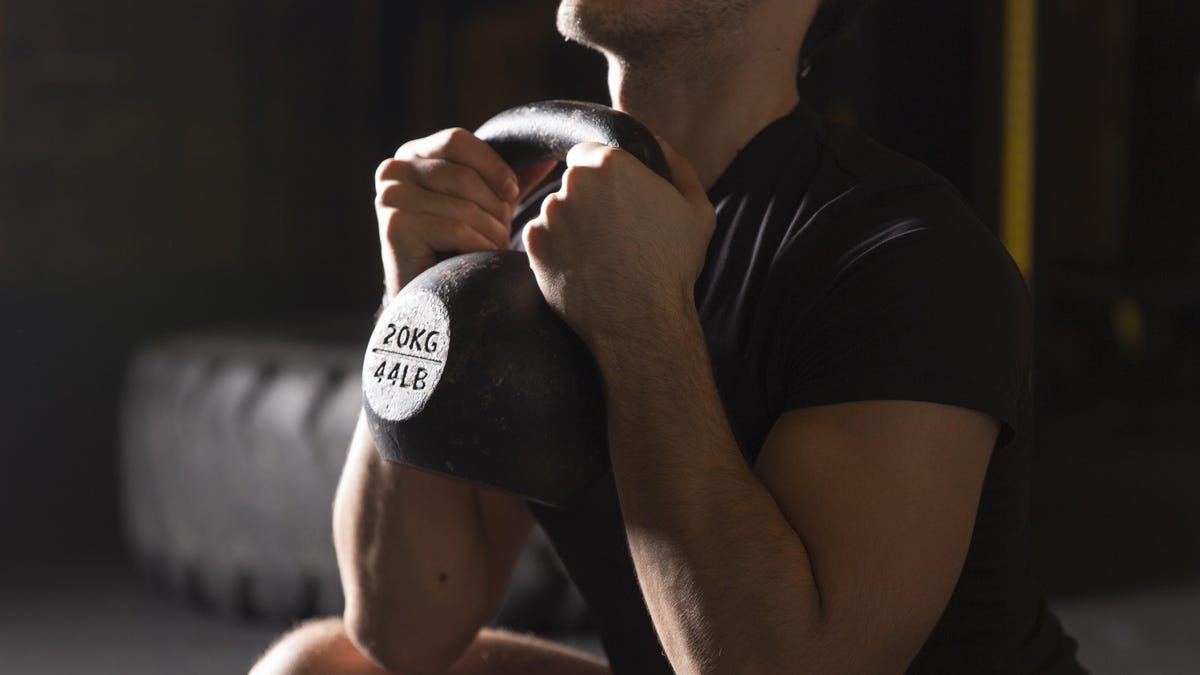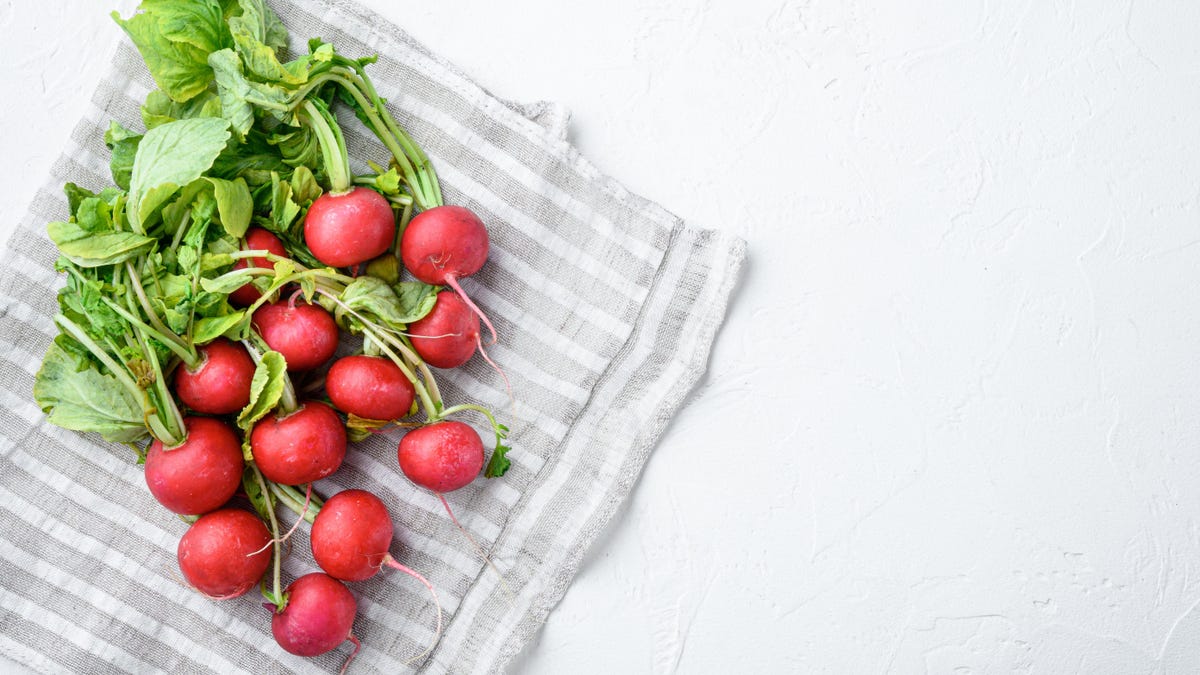How to Get Into Position for a Goblet Squat With a Heavy Kettlebell
When you’re just getting started with squatting movements, a goblet squat is easy—just pick up a tiny kettlebell (or dumbbell). At that stage it’s light enough that you can simply bend your arms to raise the bell to chest...

Photo: Berkomaster (Shutterstock)
When you’re just getting started with squatting movements, a goblet squat is easy—just pick up a tiny kettlebell (or dumbbell). At that stage it’s light enough that you can simply bend your arms to raise the bell to chest level. But as you get stronger, that isn’t going to work anymore. What then?
I’ll give you four different techniques for getting a heavy kettlebell into position for goblet squats, starting with the easiest.
Set it on a bench
There’s no technique to this one. You pick up the kettlebell and set it down on a bench or box in front of you. The end of the bench or the corner of the box is perfect. (This works with dumbbells too, by the way.)
Now, with your hands empty, squat down so that the bell is around chest level. You can pick it up from here, taking your time to position your hands in any way you like. If you want to try holding the kettlebell upside down, gently tip it on its side and then pick it up with your hands cupping the round part of the bell.
Yoink it up and grab the handles
This method is probably the most common one you’ll see online, and it works great for both light and heavy bells.
G/O Media may get a commission

Up to $100 credit
Samsung Reserve
Reserve the next gen Samsung device
All you need to do is sign up with your email and boom: credit for your preorder on a new Samsung device.
With the kettlebell on the ground, you’ll grab the top of the handle as if for a swing. From there you can either swing it back between your legs and then forward, or just yoink it straight up from the floor—whichever you prefer. Either way, once it gains some momentum, it will be weightless for a fraction of a second. At that point you just slide your hands to the sides of the handle (the “horns” of the kettlebell, as they say).
Practice this with a light bell before you try it with a heavy one, but it’s pretty simple once you get the hang of it. Here’s an example:
Flip it upside down
If you’re changing your grip on the bell while it’s weightless, why limit yourself to holding it by the handles? Some people prefer to goblet squat with the bell upside down, and you can do that here too once you master the technique.
For this one, start with the bell’s handle aligned so that you can hold it with both hands facing each other. Swing the bell back, and then as you swing it forward, let go of the handle and allow the round part of the kettlebell to settle into your cupped hands. Here’s a slo-mo:
Yes, it’s tricky. But try it with a lighter weight and you’ll find it’s not as hard as it looks. Make sure you’re confident in your technique before you try to throw around weights that are big enough to hurt you.
Clean it and do a front squat
While goblet squats are the typical beginner intro to kettlebell squats, there are other ways to hold a kettlebell. One is to do front squats, which require you to hold the kettlebell so that it rests on your hand, arm, and shoulder.
To get it there, you’ll need to learn the kettlebell clean. Much like the last move we discussed, this one takes advantage of the weightlessness you get at the top of a kettlebell swing or pull. You can either swing the bell back between your legs first, or pull it directly off the floor. Either way, you’ll then pull your elbow back so that you can tuck your hand (still holding the handle) underneath. This video from Kettlebell Kings shows both a two-handed and a one-handed clean with a single bell.
Once you get the hang of that, consider cleaning two kettlebells at once and doing front squats with both, like so.

 Koichiko
Koichiko 

























![Run An Ecommerce SEO Audit in 4 Stages [+ Free Workbook]](https://api.backlinko.com/app/uploads/2025/06/ecommerce-seo-audit-featured-image.png)







